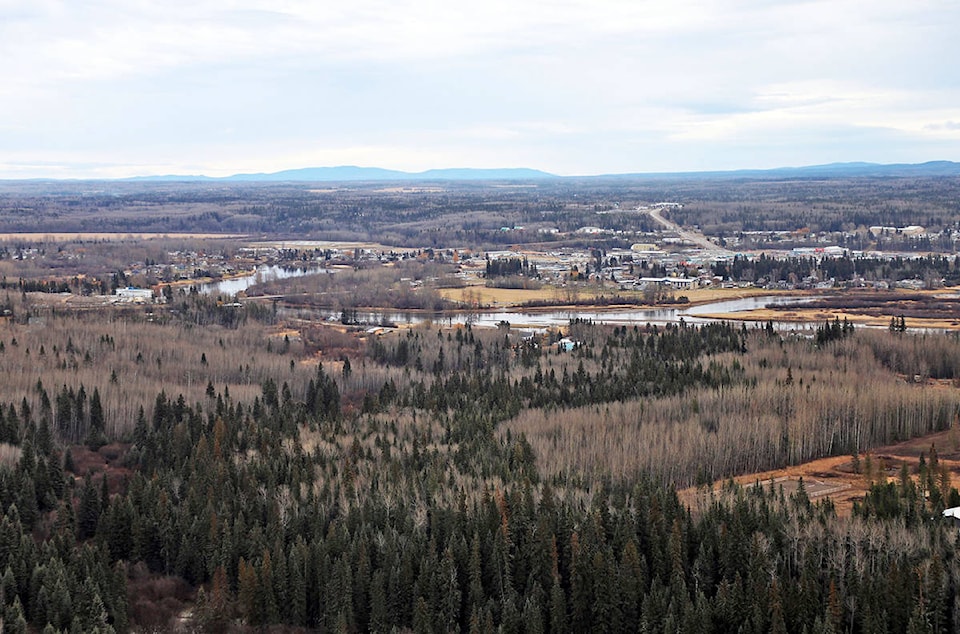Like any newly-born relationship there can be growing pains, and for the Saik’uz First Nation and the District of Vanderhoof it is no different.
Since 2017 the Dakelh nation has been working with the small northern community it lies less than 15 kilometers south of.
“I think there’s plenty of opportunities for our communities to work together on issues especially during this time of pandemic and to find ways, find solutions in areas especially when our communities have both been hit by other issues in the past such as the mountain pine beetle and forest fires,” said Saik’uz First Nation Councillor Jasmine Thomas.
“We’re trying to find ways to address them together.”
Thomas said there has been long history of racism in Vanderhoof which Mayor Gerry Thiessen agreed.
“I think it has to be a relationship that’s built much deeper than just signing a memorandum of understandings or protocols,” Thiessen said.
Second World War hero and Saik’uz First Nation member Dominic “Dick” Patrick returned to Vanderhoof in 1946 with his military medal for bravery in tow to only experience countless acts of well-documented racism.
“Those are things that we’ve struggled with in our past, and the thing is we need to make sure that that never happens again by working together,” Thiessen said.
“I cannot change what happened to Dick Patrick, but I can change what I do as a person or what I believe.”
Read More: Mayor, historical society examine ways to mark Vanderhoof’s original cemetery
Read More: Saik’uz First Nation councillor to be showcased at B.C. Premier’s Awards
With Vanderhoof serving as the centre for Saik’uz First Nation members to obtain groceries and fuel, as well to attend appointments, Thomas said it is important that both communities remain supportive of each other and take the opportunity to grow and learn from one another.
In 2017 the two communites partnered up in offering a free community shuttle bus service.
“To have a relationship established with the municipality: it’s one step to that path of reconciliation with our community,” Thomas said, adding she hopes they can work together to ensure the safety of their communities during these unprecedented times.
As the pandemic further exposes the lack of resources within Indigenous communities and available funding, the Saik’uz First Nation has also experienced recent losses due to alcohol and drugs.
“It hurts both of our communities equally,” Thomas said.
“How we address the social pandemic will be a challenge and I think both of our communities are ready because the health of our people is always a reflection of the land.”
Thiessen has been Mayor for the District of Vanderhoof for 12 years, and said it will take a relationship built on trust and friendship in order to see true healing within the region.
“If I don’t understand what’s happening in my neighbouring community, if I don’t understand the thought process and they don’t understand me then when a crisis comes such as what we’re going through now with COVID then it’s too late to start to build relationships, so I’m very thankful.”
Do you have a comment about this story? email:
rebecca.dyok@wltribune.com
Like us on Facebook and follow us on Twitter.
